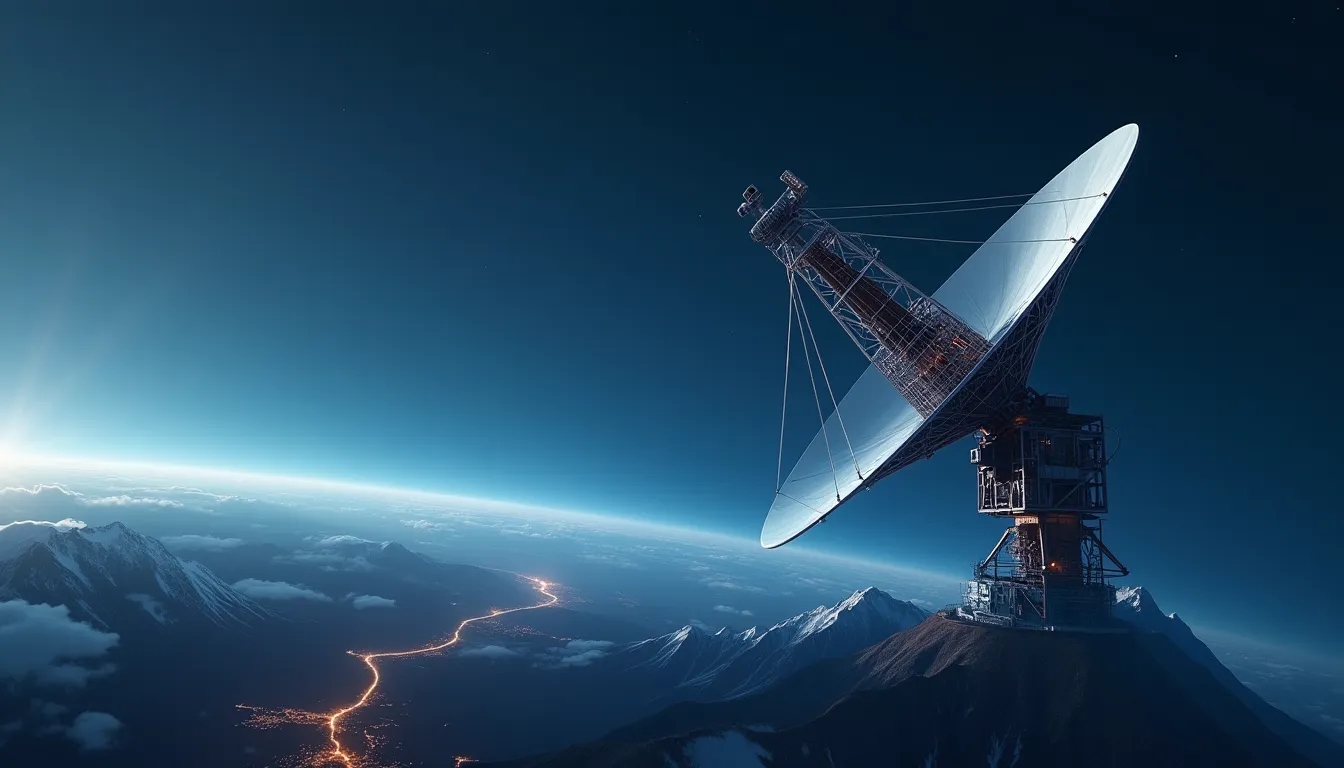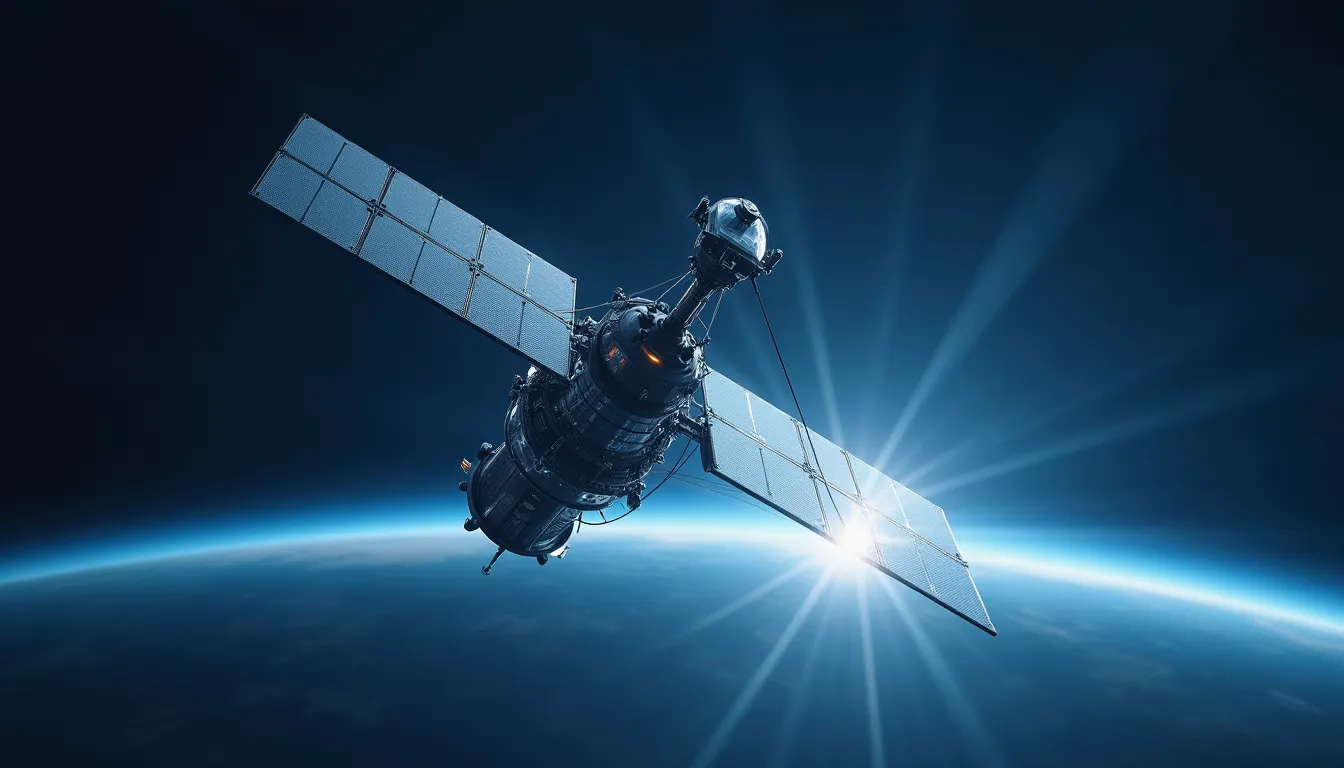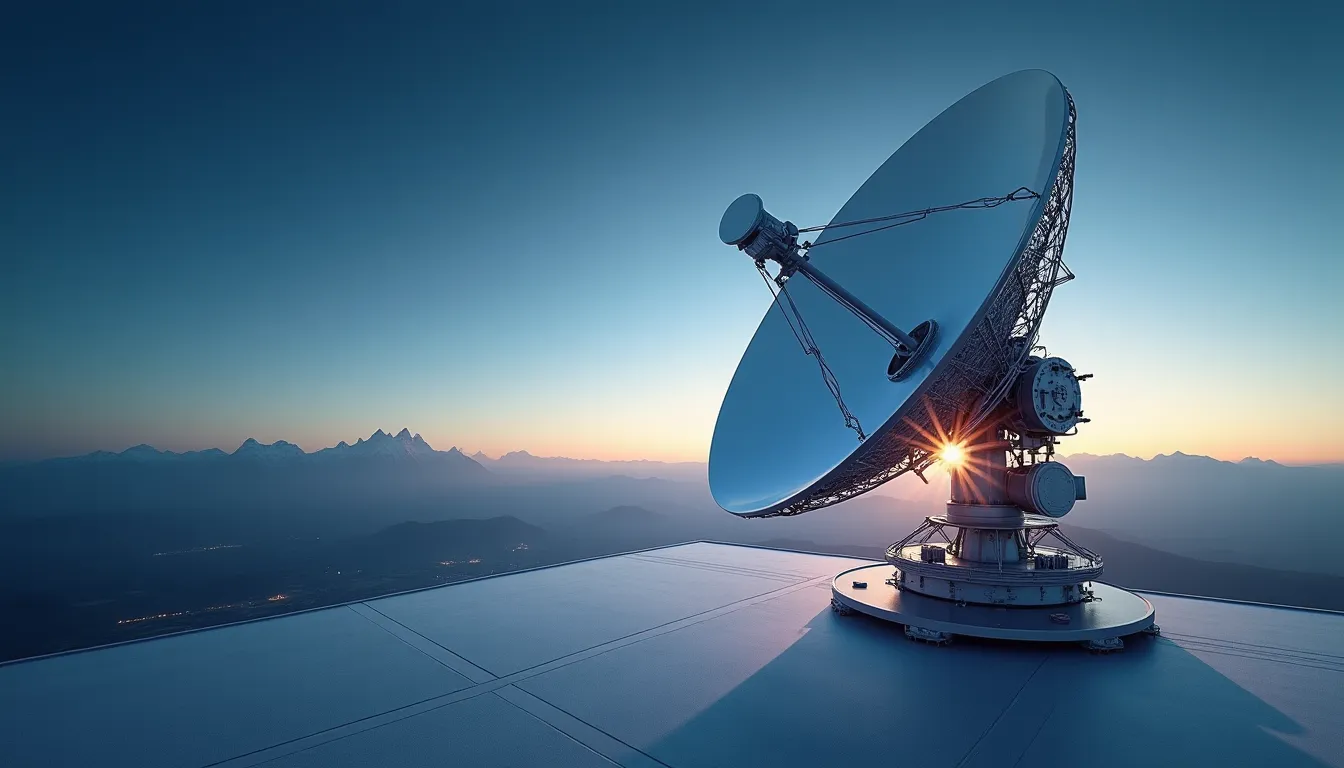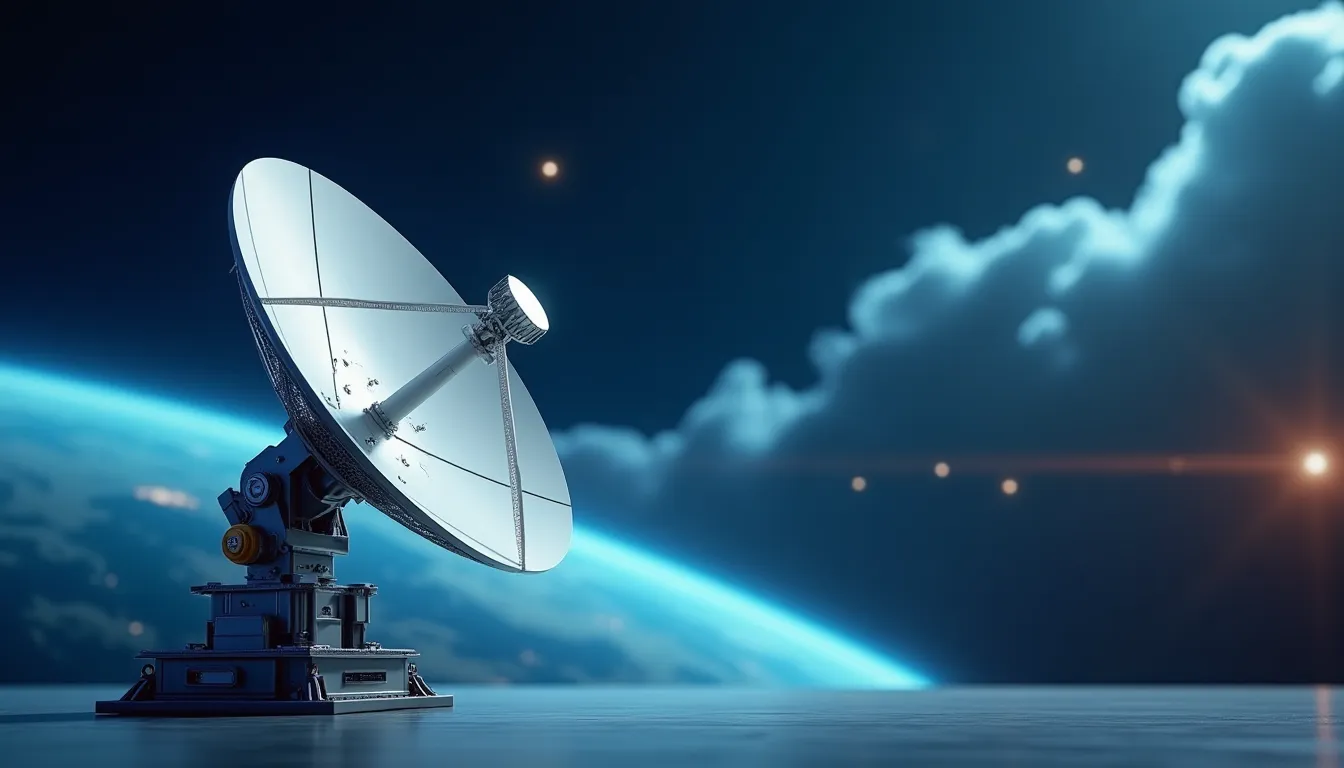Recent developments in the satellite sector are reshaping the landscape of aerospace, defense, and telecommunications. With a focus on high-capacity communications, Low Earth Orbit (LEO) networks, and mobile service integration, these advancements are pivotal in addressing the growing demand for robust satellite-enabled connectivity.
The Arrival of ViaSat-3 F2 Satellite
The Boeing-built ViaSat-3 Flight 2 (F2) satellite has arrived at Cape Canaveral, Florida, marking a significant milestone in satellite communications. Scheduled for launch in late October 2025 aboard a United Launch Alliance (ULA) Atlas V 551 rocket, this high-capacity geostationary satellite is designed to revolutionize bandwidth availability.
Weighing over six tons, the ViaSat-3 F2 is the second in a three-satellite series, following its predecessor’s successful deployment. It boasts more than 1 terabit-per-second (Tbps) of Ka-band capacity, significantly augmenting coverage across North and South America. This upgrade is crucial as Viasat aims to meet the increasing demand for both commercial and defense satellite communications.
The satellite features an innovative antenna design provided by L3Harris Technologies, emphasizing the collaboration between leading aerospace firms in enhancing satellite capabilities. “The ViaSat-3 series represents a quantum leap in satellite technology, poised to deliver unprecedented levels of connectivity for users across various sectors,” stated a Viasat spokesperson.
Expanding LEO Connectivity in Greenland
In another significant development, Greenland’s telecommunications provider, Tusass, has partnered with Eutelsat to utilize the OneWeb LEO satellite network. This multi-year agreement is set to enhance connectivity in Greenland’s remote and difficult terrains, supporting critical services such as maritime communications and emergency response.
The need for resilient broadband access in Greenland aligns with the strategic goals of digital inclusion and infrastructure sovereignty. Given the country’s sparse population and vast geography, this partnership is a vital step towards bridging the digital divide. As a Tusass official noted, “This collaboration is essential for ensuring that even the most remote areas can benefit from reliable internet connectivity.”
Enhanced Mobile Applications through Satellite Integration
T-Mobile US is taking significant strides in integrating satellite communications with terrestrial mobile networks. The telecom giant has expanded its satellite-to-cell network capabilities to support popular applications, including WhatsApp and X (formerly Twitter). This move reflects the growing trend of leveraging satellite technology to improve mobile connectivity and service continuity.
By enhancing satellite-based mobile services, T-Mobile aims to provide users with a seamless experience, particularly in areas where traditional mobile networks face challenges. The integration of satellite technology into mobile applications is a game-changer for users in remote locations, ensuring they remain connected even in adverse conditions.
Insights from NASA and Earth Observation
In a lighter yet significant note, NASA has commemorated the 200th anniversary of the Erie Canal with a stunning satellite image capturing its historic route. This highlights the capabilities of Earth-observing satellites in documenting geographical and historical landmarks, showcasing the diverse applications of satellite technology beyond communication.
NASA also provided skywatching tips for October 2025, featuring astronomical events like the supermoon and meteor showers. While these topics may not directly relate to satellite technology, they underscore the broader interest in space observation and its technological implications.
Conclusion
The advancements in satellite technology signify a transformative period for global connectivity, enhancing both commercial and defense capabilities. The upcoming launch of the ViaSat-3 F2 satellite, the expansion of LEO connectivity in Greenland, and T-Mobile’s innovations in mobile applications illustrate the dynamic nature of this industry. As satellite communications continue to evolve, they promise to support an increasingly connected world, driving progress in various sectors from telecommunications to emergency services.
Looking forward, the integration of advanced technologies, such as precision accelerometers and quartz MEMS gyroscopes, will play a critical role in the development of next-generation satellites. As these innovations unfold, they will further enhance the reliability and performance of satellite systems, paving the way for a new era of connectivity.
References
-
ViaSat-3 F2 satellite arrives in Florida ahead of late October launch (spaceflightnow.com) - 10/1/2025 The ViaSat-3 F3 spacecraft reportedly has a different antenna design that is being provided by L3Harris Technologies, according to Space News.
-
Boeing built ViaSat-3 arrives at Cape Canaveral for upcoming launch (news.satnews.com) - 10/1/2025 Boeing built ViaSat-3 arrives at Cape Canaveral for upcoming launch. October 1, 2025. Share. Share on Facebook. Share.
-
Greenland’s Top Telco Taps Eutelsat for LEO Connectivity (www.satellitetoday.com) - 10/1/2025 Greenland’s top telco Tusass will leverage Eutelsat’s OneWeb LEO network to address a wide range of connectivity needs.
-
T-Mobile US adds satellite support to WhatsApp, X (www.mobileworldlive.com) T-Mobile expanded its satellite-to-cell network to support a wider range of popular mobile apps, including WhatsApp and X.
-
What’s Up: October 2025 Skywatching Tips from NASA (science.nasa.gov) - 10/1/2025 What’s Up for October? A Supermoon takes over, the Draconid meteor shower peeks through, and the Orionid meteors sparkle across the night sky.
-
Erie Canal seen from space, is now 200 years old photo of the day … (www.space.com) - 10/1/2025 2025 marks the bicentennial of the Erie Canal, and NASA’s Earth Observatory commemorated the milestone with a satellite-based image tracing …
-
Co-op helps SpaceX’s Starlink satellites shoot for the stars (news.northeastern.edu) - 10/1/2025 Private space technology company SpaceX has created its own constellation, an interlinked array of 8,500 Starlink satellites that is quickly …



